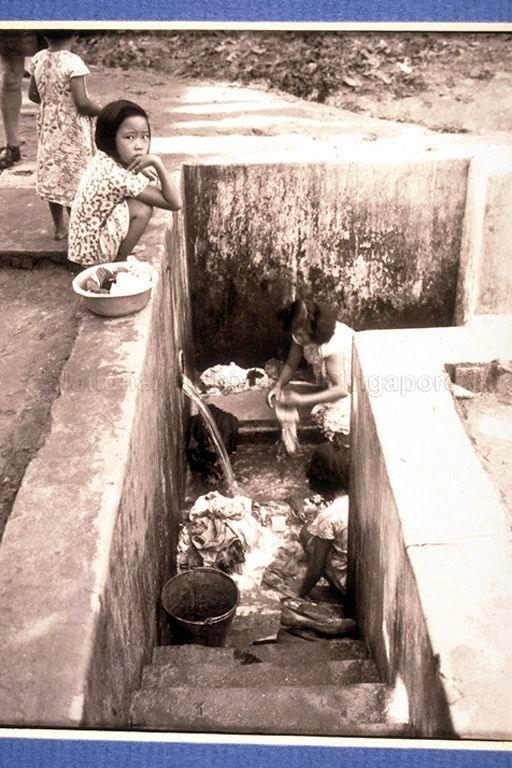Singapore's Water Story


Our water story is one with humble beginnings. 💧
For many years after the war, Singaporeans had to draw their water from wells dotting the city, including ones on Ann Siang Hill, Sembawang and Upper Serangoon, or dig up their own wells in the kampong. Water was a chore to retrieve. You had to trek to the wells, fill your buckets, and trek over uneven, muddy terrain back home – all the while hoping the water doesn’t slosh too much. Some also gathered at the wells to do their laundry, take baths, and brush their teeth.
From the 1950s, the Singapore Rural Board and City Water Department began working to lay water mains along the roads to the rural areas, starting with Changi, Loyang and Jurong. But this took years to complete. While there were 2,426 standpipes in the villages by 1963, these were often shared amongst several families. And even into the 1970s, some Singaporeans in rural areas still relied on wells.
Yet, well water was never a guarantee. In the 1960s and 70s, during periods of severe and prolonged drought, wells often dried up and water rationing had to be carried out. While some could rely on public standpipes, others, such as residents of Pulau Tekong, had to rely on boats from the Public Works Department for freshwater. Wells were also often polluted, and Singapore’s growing population meant that pressure on our water supply continued to rise.
So gradually, from 1972, the PUB, Singapore’s National Water Agency began laying piped water supplies to villages, and more reservoirs were constructed as well. Stay tuned this World Water month as we look into how Singapore has adjusted and innovated to meet the ever-present stressors on our water supplies. #MakeEveryDropCount #GoBlue4SG #SingaporeWorldWaterDay
📸 National Archives of Singapore

